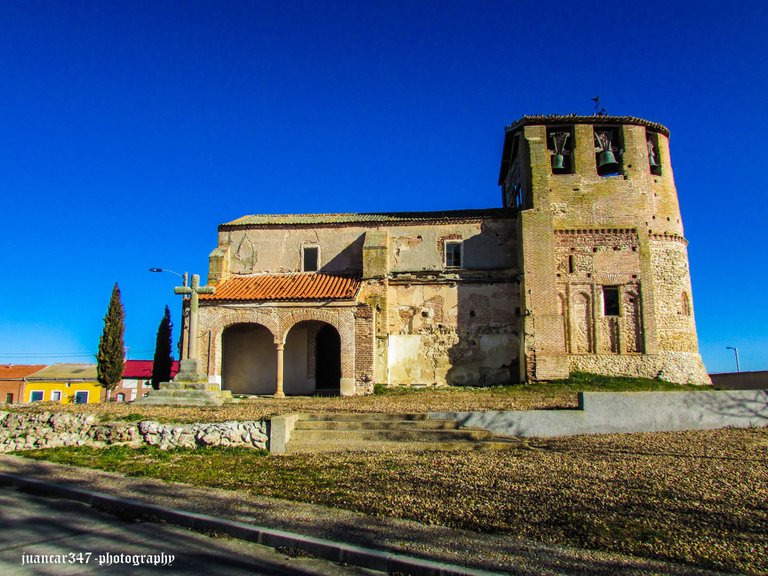[ENG-SPN] The Meritorious Castilian Mudejar Architecture / La meritoria arquitectura mudéjar castellana
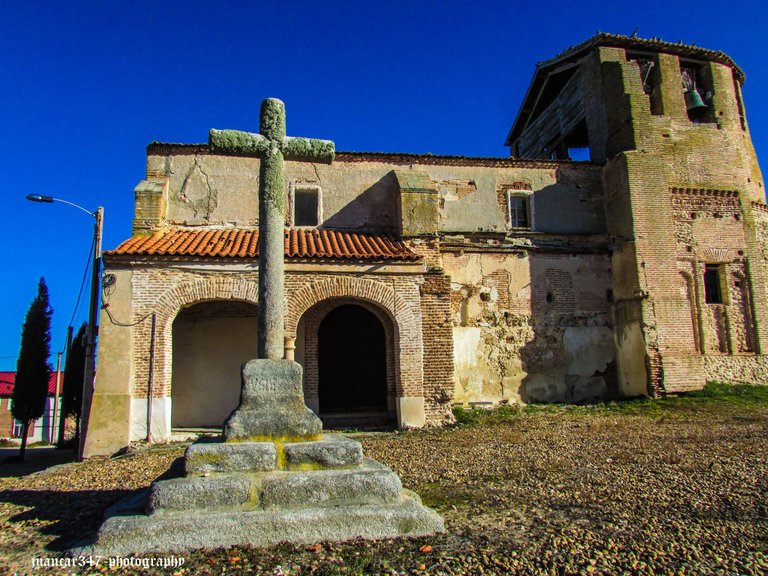
If Aragon possesses, among others, a rich heritage of Mudejar architectural models, a significant part of Castile can also boast of this. Unfortunately, this wealth, largely diminished by the passage of time and lack of proper maintenance, is not as valued and appreciated by a broad sector, both by interested parties and tourists, who tend to value, above all else, the old, eminently Romanesque architecture.

It is also true that Castilian Mudejar architecture, as a general rule, does not feature the elaborate towers and minarets that stand out like imaginary obelisks above the skies of the main Aragonese cities. However, as a counterpoint, and tending, in many cases, to maintain the original layout and style of Romanesque temples, they offer some truly outstanding details that deserve to be taken into account and admired.
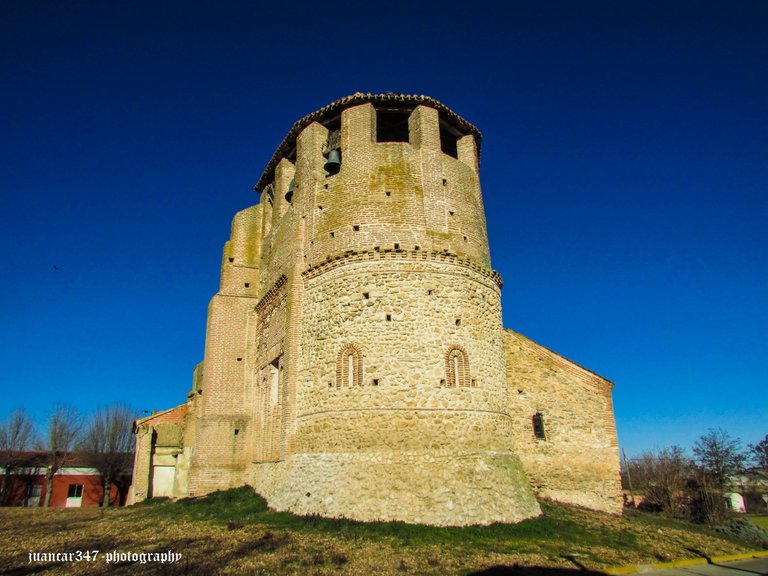
In certain areas of Valladolid bordering Segovia, it is not uncommon to find churches that combine both styles, blending the solidity of stone with the lightness of brick. It is also common to note that many of them, due to the characteristics of their apse, in the form of a crenellated turret (in others, this circumstance was hidden over the centuries), indicate that, in many cases, they served not only as a spiritual refuge and relief, both for the parishioners themselves and for pilgrims arriving at the site following the various routes leading to Compostela, but also as fortified churches from which to withstand and repel attacks. In many cases, there are water wells inside, in anticipation of sieges.
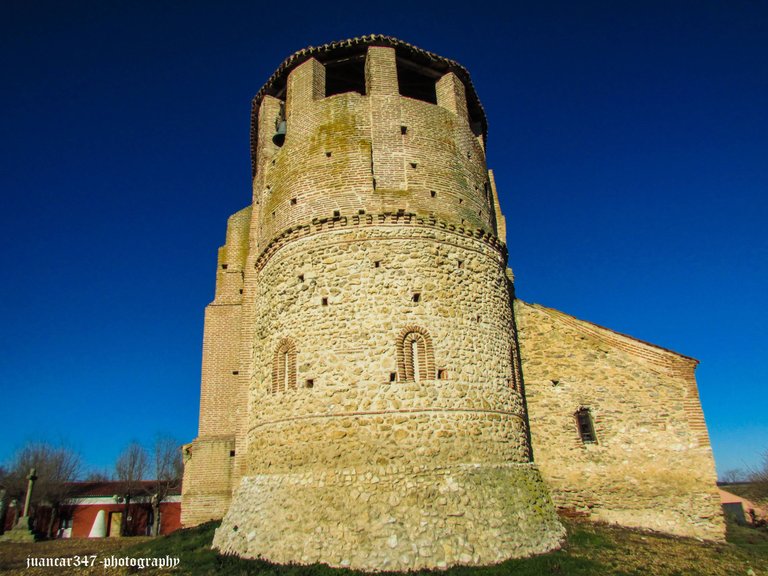
Si Aragón posee, entre otros, un exuberante Patrimonio en cuanto a modelos de arquitectura mudéjares se refiere, también una parte importante de Castilla puede enorgullecerse en tal sentido, aunque, por desgracia, tal riqueza, mermada en buena parte por el paso del tiempo y la falta de un adecuado mantenimiento, no sea tan valorada y apreciado por un amplio sector, tanto de interesados como de turistas, que tienden a valorar, por encima de todo, las viejas arquitecturas eminentemente románicas.
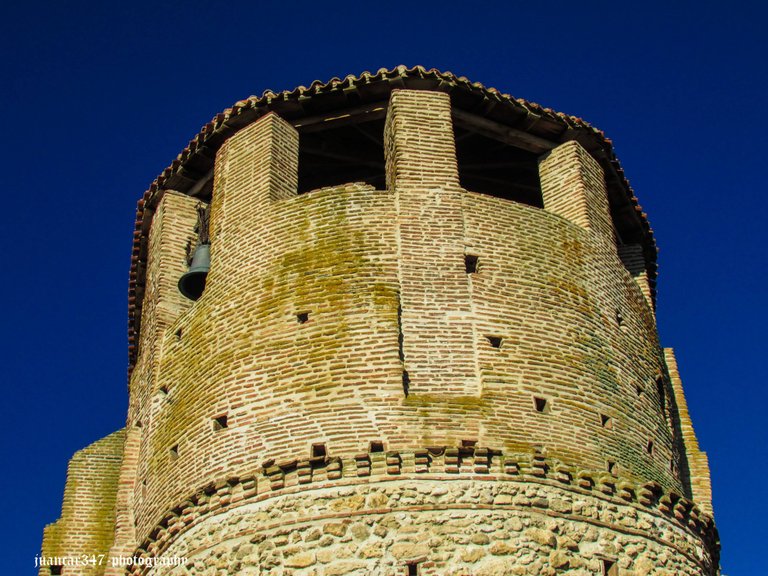
Cierto es, además, que la arquitectura mudéjar castellana, por regla general, no dispone de esas elaboradas torres y minaretes que destacan como imaginarios obeliscos sobre los cielos de las principales ciudades aragonesas, pero como contrapunto y tendentes, en muchos casos, a mantener la primitiva planta y estilo de los templos románicos, ofrecen algunos detalles verdaderamente sobresalientes, que merecen ser tenidos en cuenta y admirados.
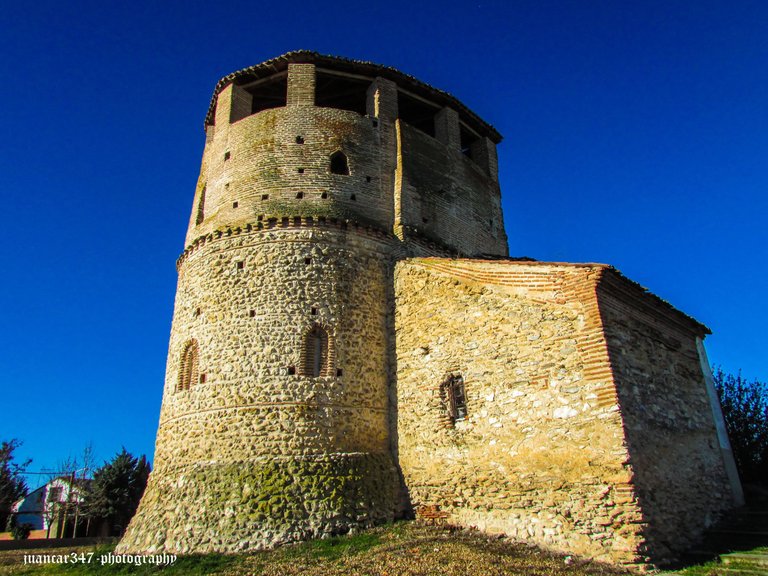
En ciertas zonas de Valladolid que lindan con Segovia, no es infrecuente encontrarse con templos que aúnan ambos estilos, mezclando la solidez de la piedra con la ligereza del ladrillo, siendo frecuente, además, constatar el hecho de que muchos de ellos, por las características de su ábside, en forma de torreta almenada -en otros, tal circunstancia fue oculta con el paso de los siglos- indica, que, además, en muchos casos servían no sólo de refugio espiritual y de alivio, tanto a los propios parroquianos como a los peregrinos que llegaban al lugar siguiendo los derroteros de los diferentes caminos que se dirigen a Compostela, sino también, de iglesias fortificadas desde las que aguantar y repeler ataques, encontrándose en su interior, en no pocos casos, pozos de agua, en previsión de asedios.
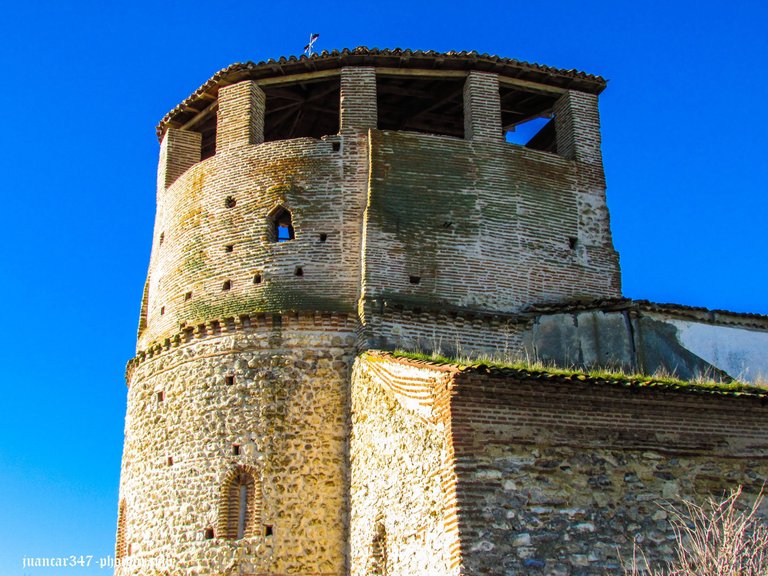
NOTICE: Both the text and the accompanying photographs are my exclusive intellectual property and are therefore subject to my copyright.
AVISO: Tanto el texto, como las fotografía que lo acompañan, son de mi exclusiva propiedad intelectual y por lo tanto, están sujetos a mis Derechos de Autor.
